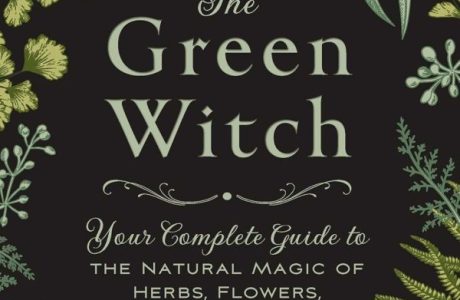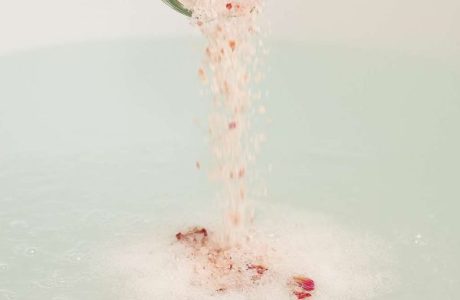A Perfume Blend with Rose, Frankincense, and Black Pepper Notes
By Risha, via Wavelengths Natural Health
There are several excellent essays already out there on the top-heart-base note system of perfumery, so I refer you to your favorite search engine to find information on the theory of perfumery.
Basic recipe
10 drops Frankincense essential oil (EO)
5 drops Black Pepper EO
4 drops Rose (damascena) absolute or Rose Otto – see discussion below
1 drop Jasmine (grandiflorum) absolute – optional, quite expensive, see discussion
5 drops Myrrh EO
10 drops Cedar (atlantica) EO a.k.a. Atlas Cedarwood
3 drops Rosewood EO – or use Rosalina (Melaluca ericifolia), supposedly a more ecologically sustainable substitute
First, the base: I like to use Everclear beverage instead of vodka as an alcohol base. Everclear has a higher percentage of ethanol to water versus vodka, and therefore the essential oils will go into solution faster and the final blend will not tend to be cloudy, depending on concentration. Alternatively, shelf-stable oil such as jojoba will work just fine as a base, although you cannot add fixatives in the same way (see Advanced recipes section).
The highest concentration of essential and absolute oils in your blends should be no more than 20% in proportion to base alcohol or oil, the classic French parfum concentration. This is approximately 20 drops total (adding up all drops of various essential oils) for every 4 mL base. However, this is too high a concentration for sensitive skin, and somewhat wasteful for this particular blend. I recommend a final solution of 20-30 mL base for the recipe – you may want to start with 10 mL of base in a 30 mL glass container, add the perfume components, and then fill to the top with base.
Like all perfume recipes, this one should be adjusted to suit your tastes. For instance, I like it heavy on the Frankincense, but if you do not tend towards “incensey” perfumes, you may want to start out with only half the amount of Frankincense (see the second version under Advanced recipes). It is always easier to add more at a later time than try to re-balance a blend!
The components of will marry over time and thus I urge you to wait at least a few weeks before making adjustments to the recipe. For more advanced perfume making, you want to let your blend rest for a month, mixing once a day (if you can remember), and then finalizing the components. In this case, only fill your container 2/3 of the way, so you have room to change the composition later. You can also split the blend into two containers, change one version, and dilute to the top of each container once it has been perfected.
The Rose component is the heart of this blend, appropriately enough. The advanced recipes have the option to use two (or more!) Roses – Rose damascena absolute and otto – but just one will suit you fine. I understand that you may hesitate to buy even one of these, especially as a beginning perfumer. If money is tight, there are rose fragrance oils that contain chemical constituents of Rose, and will suffice, though lack the depth and beauty of the real thing. Unfortunately, I do not know right now of a good source for this type of rose fragrance oil, and I warn you against just picking up any rose oil, as it could easily make your blend smell soapy (yuk!). It is well worth the investment to go ahead and purchase a Rose absolute or otto. As a bonus, the true Rose has aromatherapy applications. You may purchase Rose and Jasmine pre-diluted in jojoba, however alcohol-based perfumes will be slightly cloudy if you use jojoba-diluted absolutes.
To stretch out your Rose or Jasmine absolute, purchase a small amount and dilute it to 10% (0.5 mL in a 5 mL container; 1 mL in 10 mL, diluting with the base you will be using in your blends). The dilutions in jojoba work well for an oil-based perfume. When you make the Blend, have all the other essential oils blended together and diluted to 10% in your base. In a separate, smaller (2-5 mL) container, add 30 drops almost-ready Blend with 4 drops of the Rose 10% dilution and 1 drop Jasmine 10% dilution (if you choose to use it). If you like the results, add ~36 drops Rose (10%) and 9 drops Jasmine (10%) to your larger container of the Blend, finishing your perfume. This may sound complicated – and it’s not strictly traditional perfumery – but it will keep you from wasting too much of an expensive absolute on a blend that doesn’t thrill you.





Leave a Reply